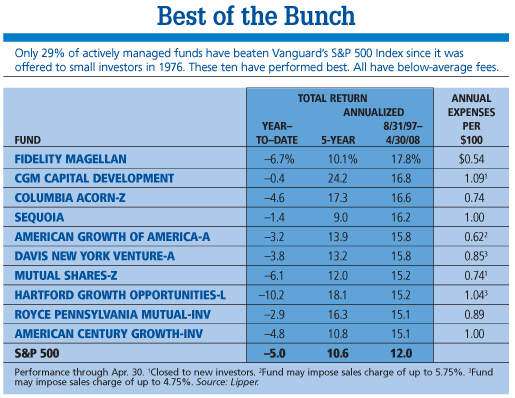Turnover Ratios Weak Indicator Of Fund Quality
Post on: 16 Март, 2015 No Comment

Mutual fund turnover is calculated as the value of all transactions (buying, selling) divided by two, then divided by a fund’s total holdings. In simpler terms, mutual fund turnover typically measures the replacement of holdings in a mutual fund, and is commonly presented to investors as a percentage over a one year period. If a fund has 100% turnover, the fund replaces all of its holdings over a 12-month period.
You may discover that your mutual fund turnover rate is much higher than you expect. According to William Harding, an analyst with Morningstar, the average turnover ratio for managed domestic stock funds is 130%. Keep in mind that analysts typically disagree on most issues. Nonetheless, it is important for you to consider the turnover ratio before making any new investment decisions or maintaining your current investments. (Learn which fund manager investment style fits your portfolio, read Mutual Fund Management: Team Players Or All-Stars? )
As is the case with most technical indicators. the value of turnover in your mutual fund is not a litmus test for making an investment decision or an indication of future results. Perhaps investors should consider other factors in the context of your mutual fund’s turnover rate before making a final decision. (If you want to learn more about how mutual funds work, read our tutorial on Mutual Funds .)
Value Funds

In general, value funds tend to have lower turnover rates, just by the nature of their investment philosophy: find undervalued securities relative to the market and hold them until they appreciate to a targeted value, then sell for a respectable gain. Fundamentally, this is a prudent approach, and helps minimize your funds taxable events and expense ratios. Fewer transactions imply lower trading costs and less short-term capital gains. But only investing in those funds with low turnover rate is not an investment strategy, and is no excuse for poor performance.
Many investors and money managers who espoused this buy-and-hold, low turnover approach have seen disappointing results. This is particularly true for those who recently saw value in financial stocks. Buying them on the cheap and holding them for a long period may have seemed prudent at the time, but, as the chart below illustrates, some mutual funds (notice the high proportion of specialty-financial funds) with low turnovers rates have underperformed the S&P 500 Index over a five-year period.














